-
 © Will Williams/Classic & Sports Car
© Will Williams/Classic & Sports Car -
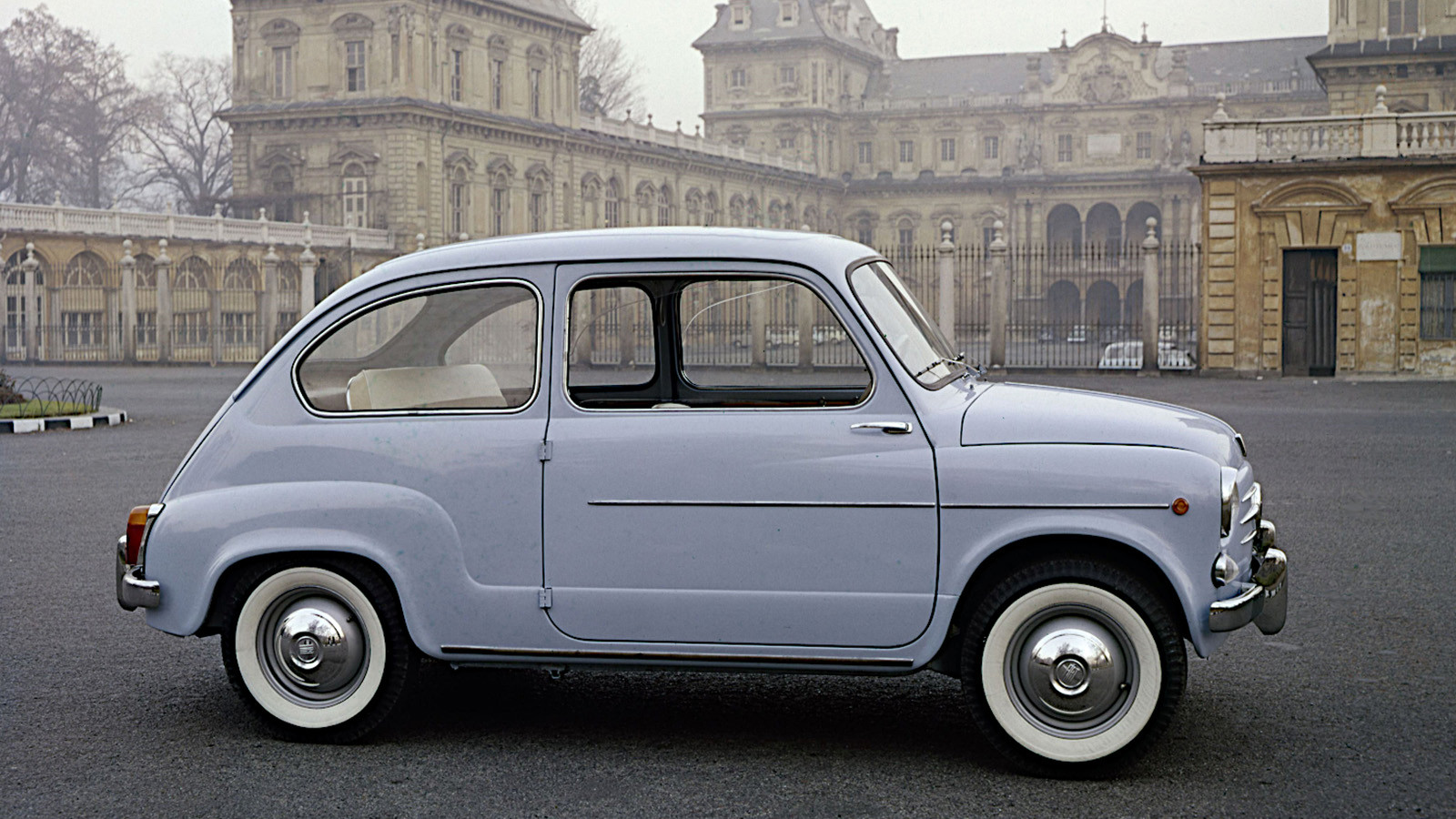 © Stellantis
© Stellantis -
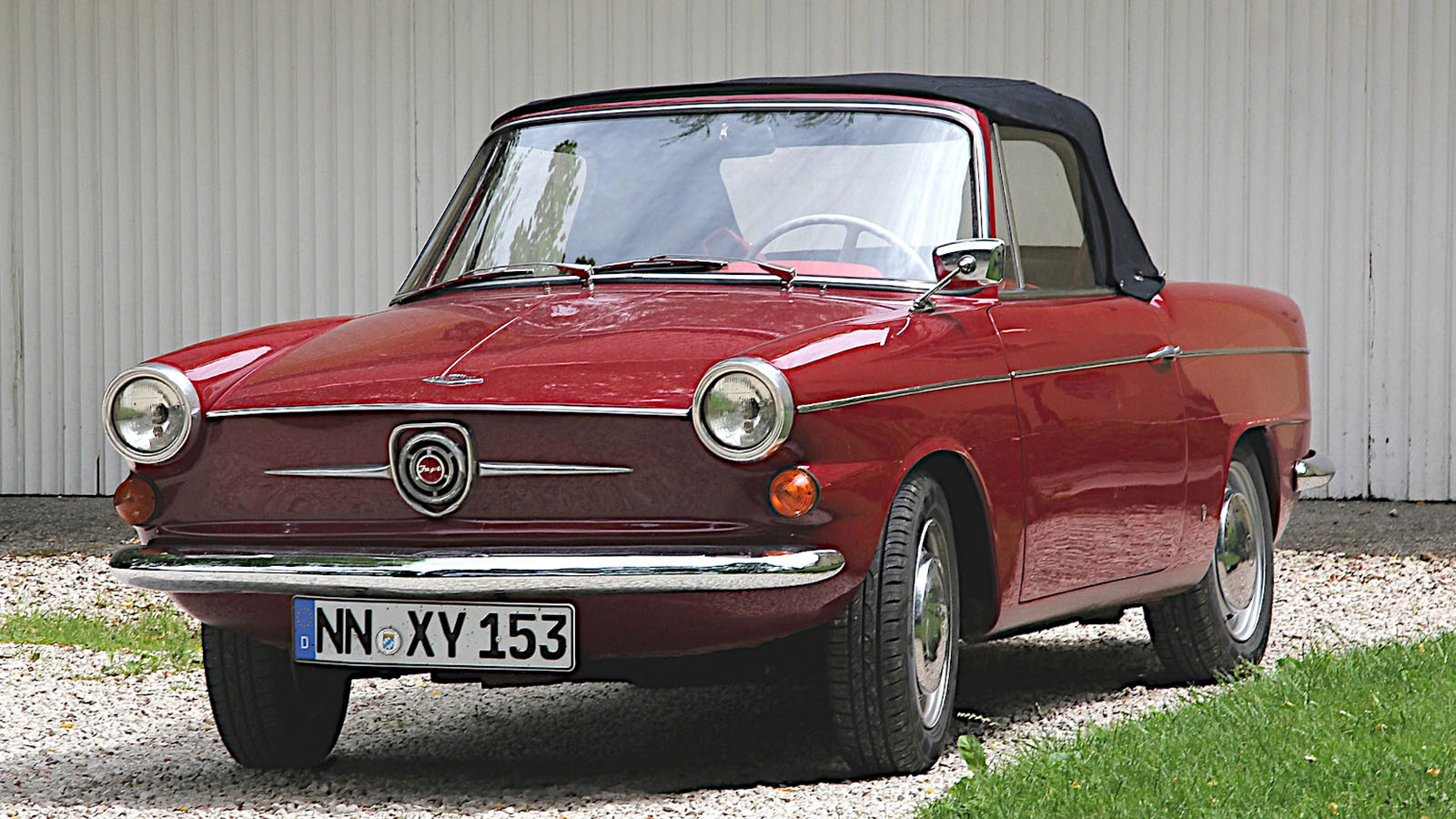 © Lothar Spurzem/Creative Commons licence https://creativecommons.org/licenses/by-sa/2.0/de/legalcode.de
© Lothar Spurzem/Creative Commons licence https://creativecommons.org/licenses/by-sa/2.0/de/legalcode.de -
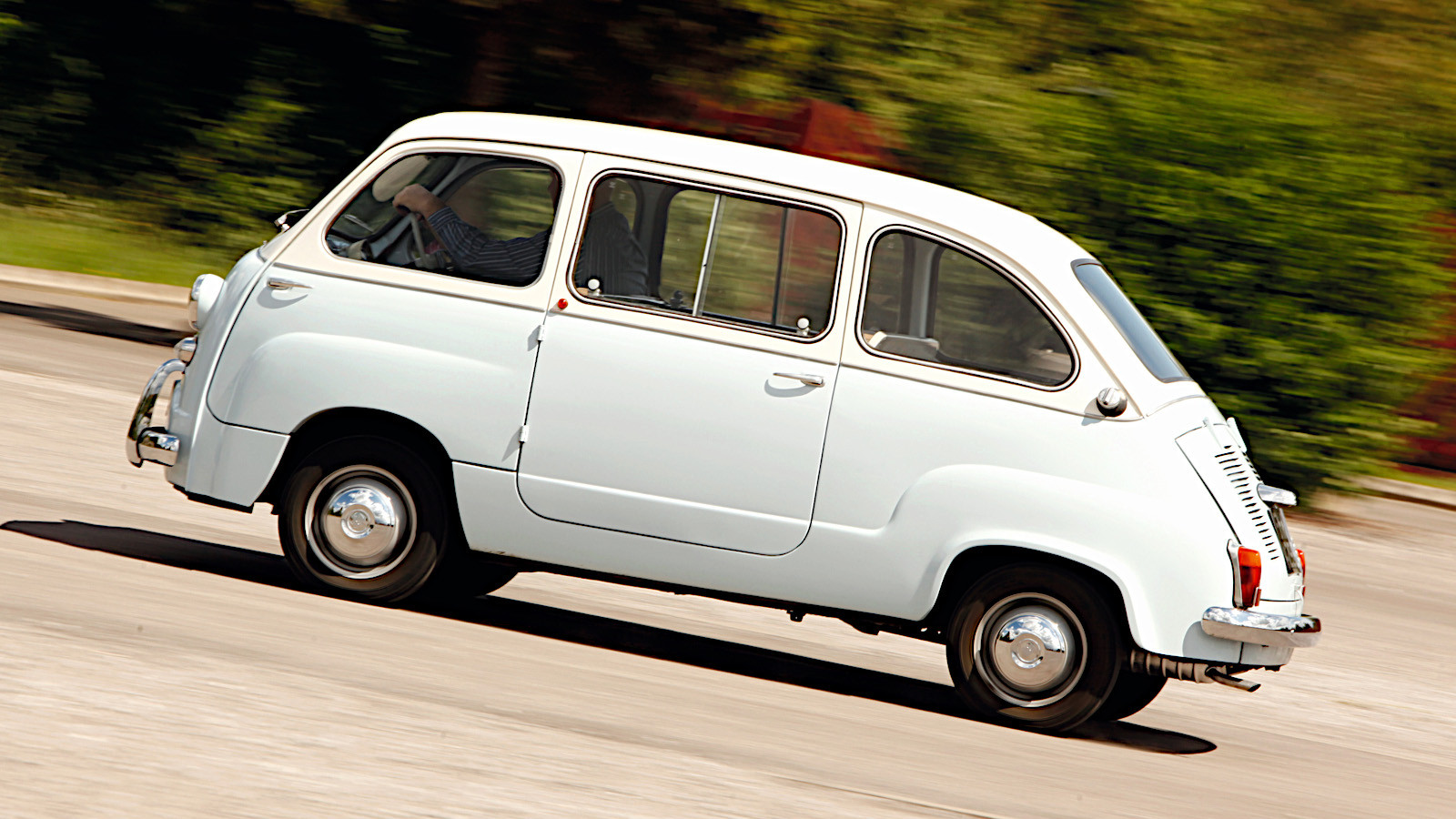 © Classic & Sports Car
© Classic & Sports Car -
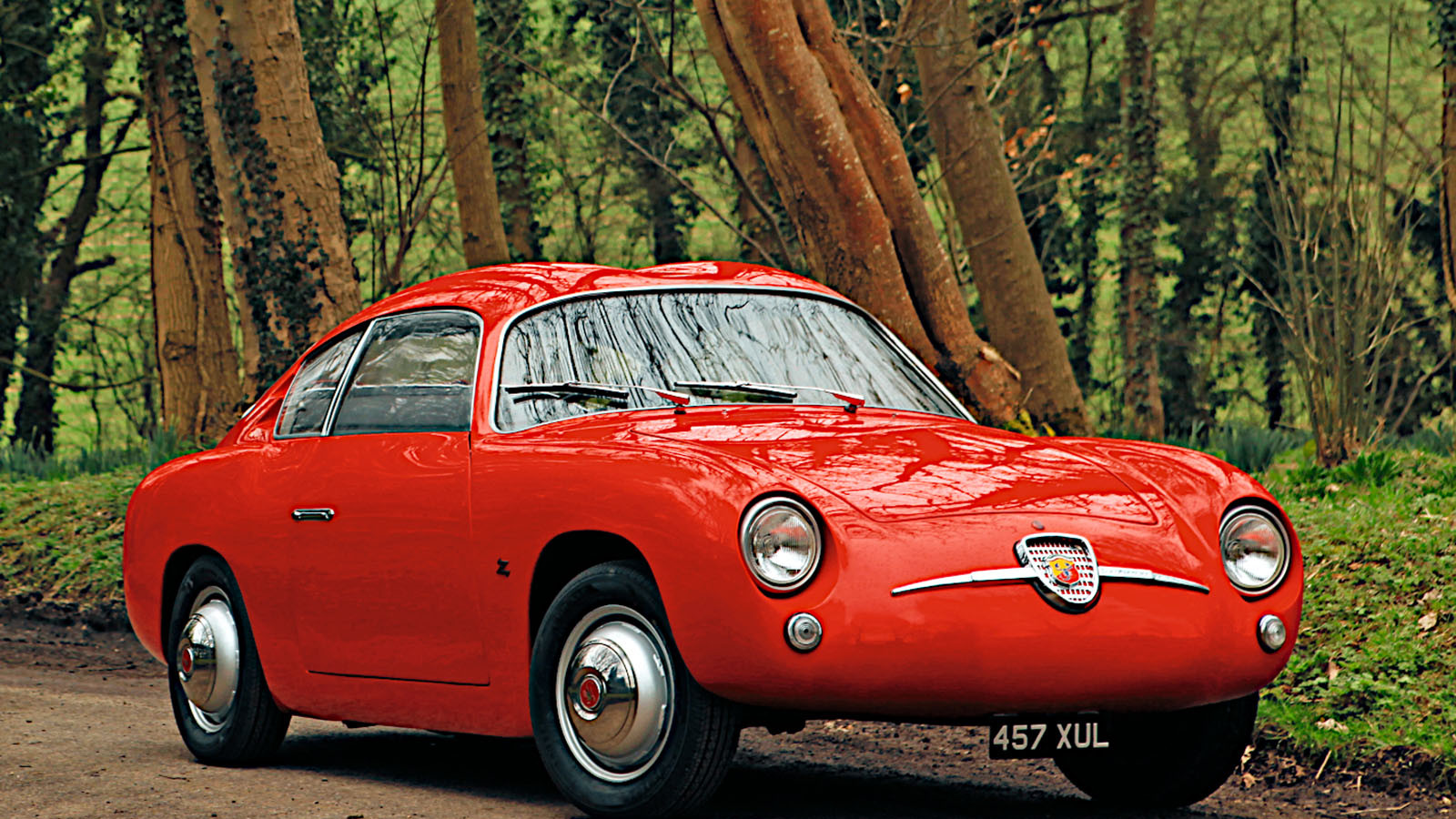 © Classic & Sports Car
© Classic & Sports Car -
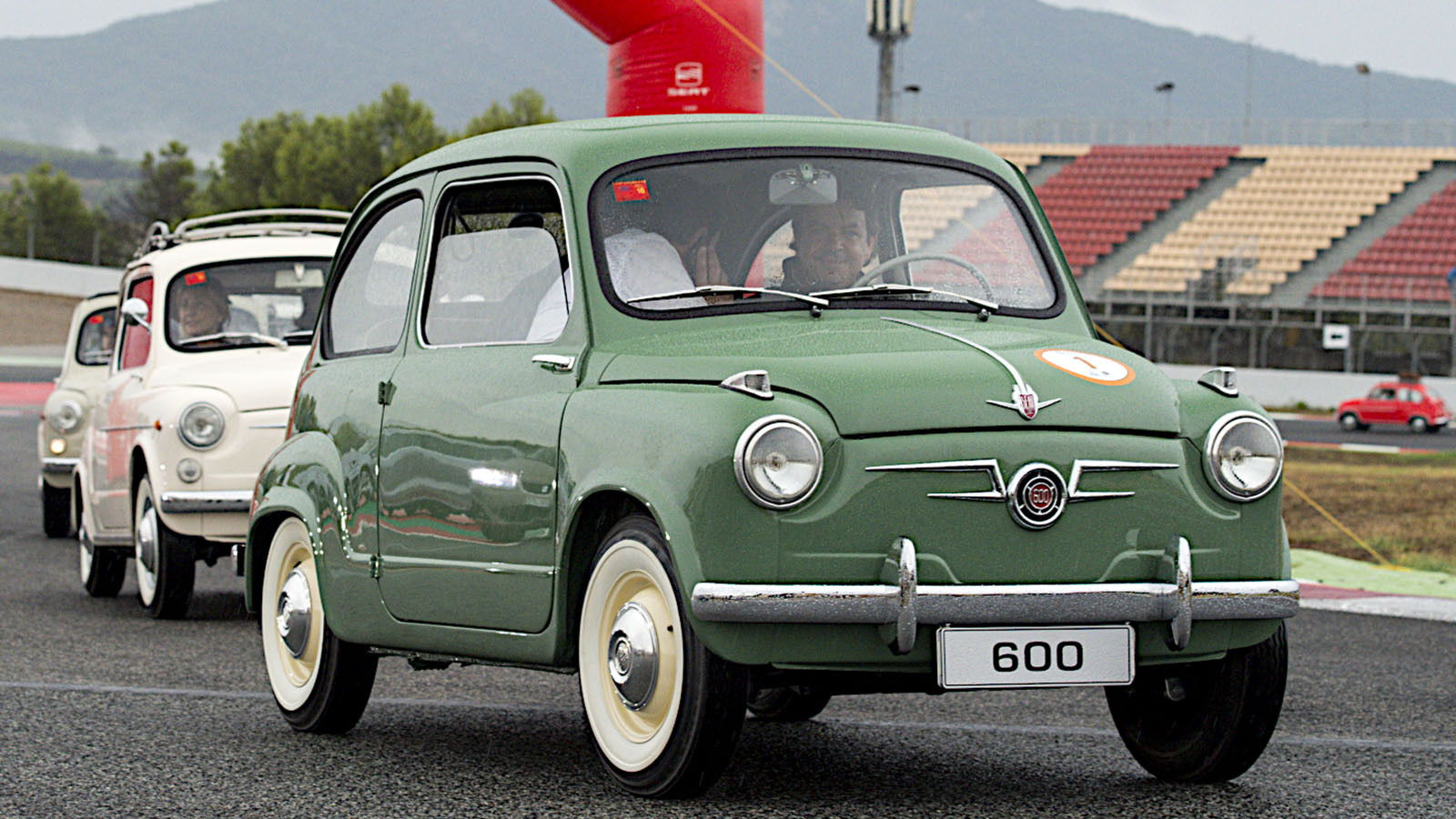 © Seat
© Seat -
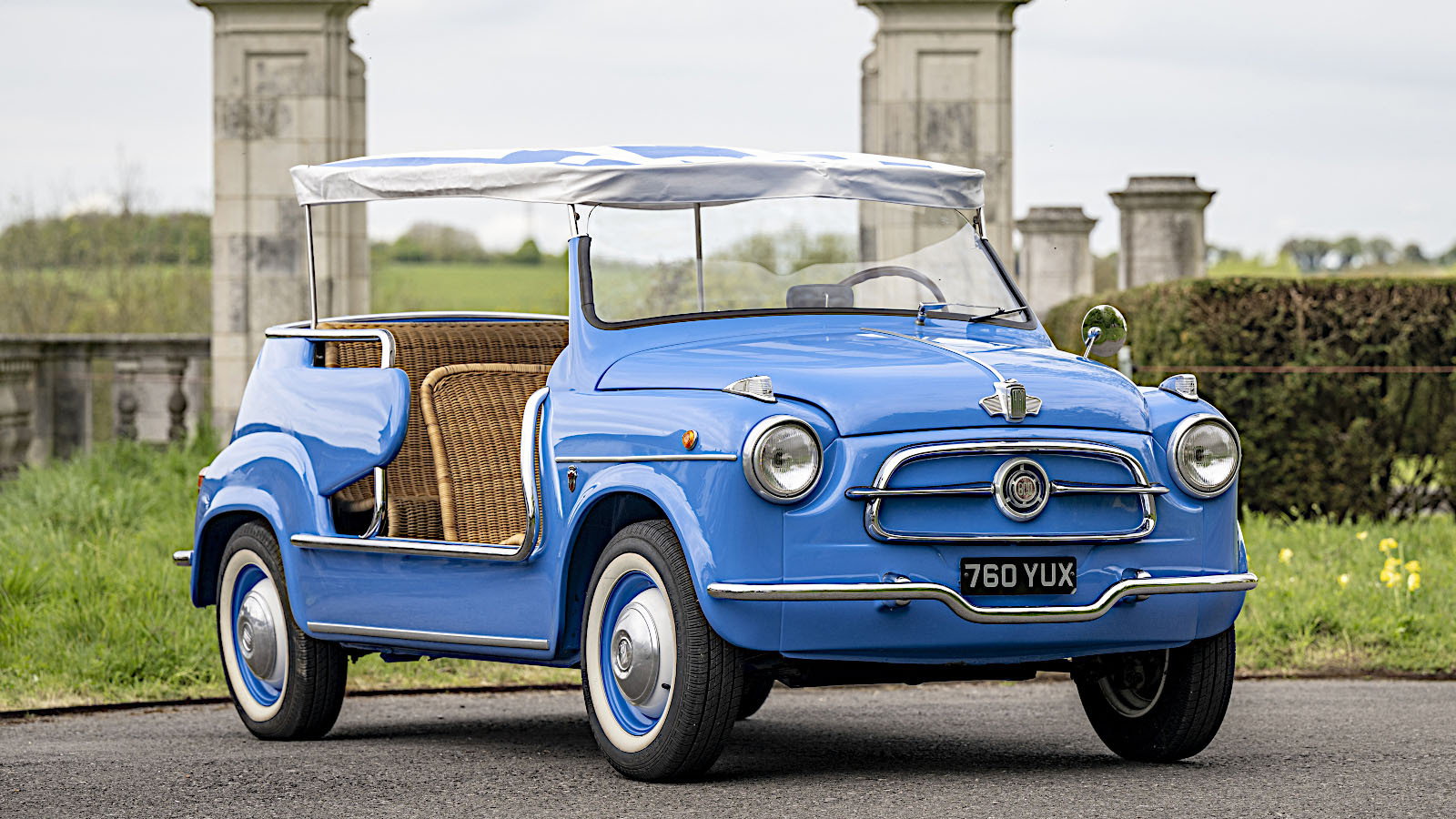 © Gerard Brown/RM Sotheby’s
© Gerard Brown/RM Sotheby’s -
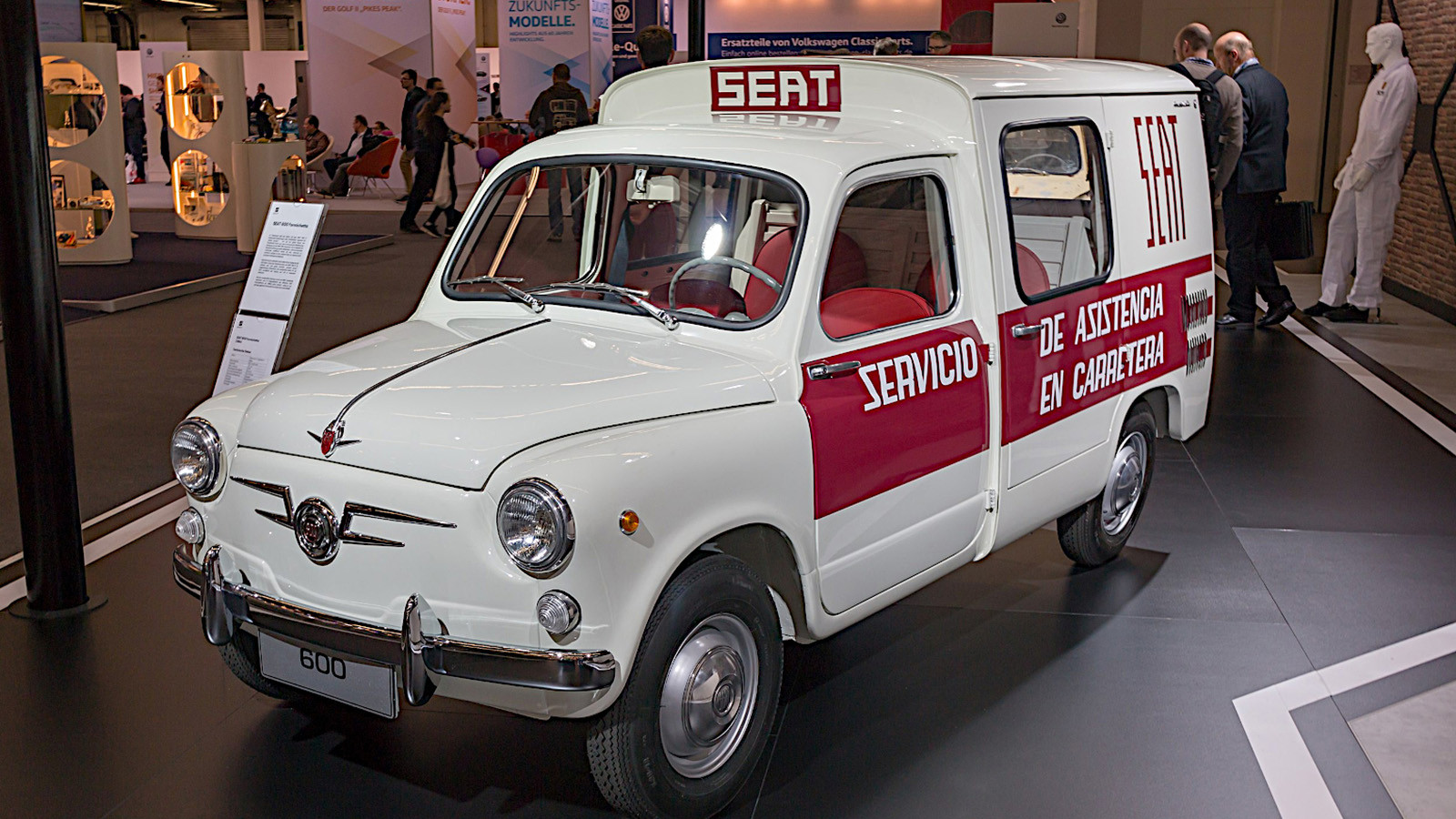 © Matti Blume/Creative Commons licence https://creativecommons.org/licenses/by-sa/4.0/legalcode.en
© Matti Blume/Creative Commons licence https://creativecommons.org/licenses/by-sa/4.0/legalcode.en -
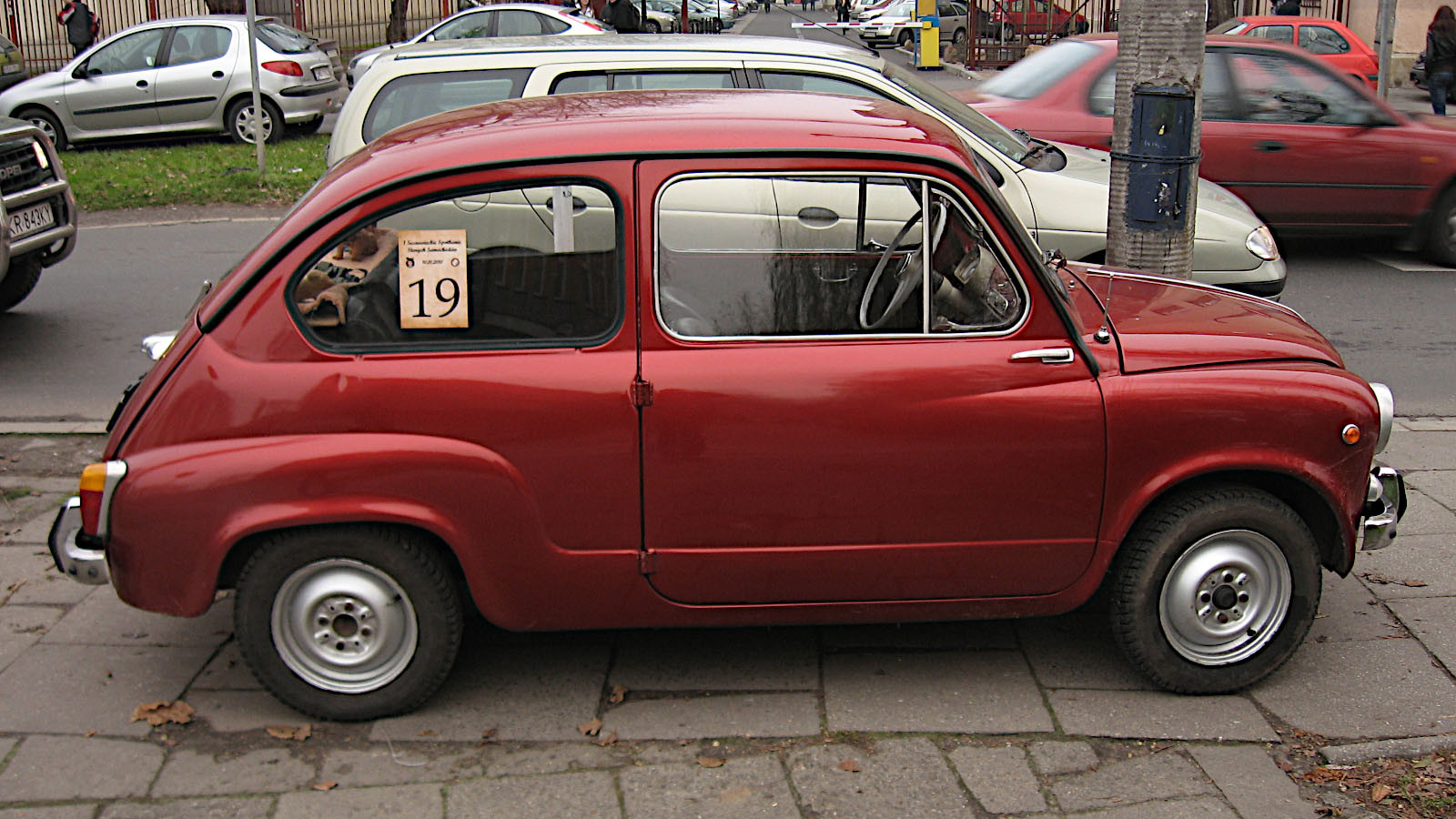 © SuperTank17/Creative Commons licence https://creativecommons.org/licenses/by-sa/3.0/legalcode.en
© SuperTank17/Creative Commons licence https://creativecommons.org/licenses/by-sa/3.0/legalcode.en -
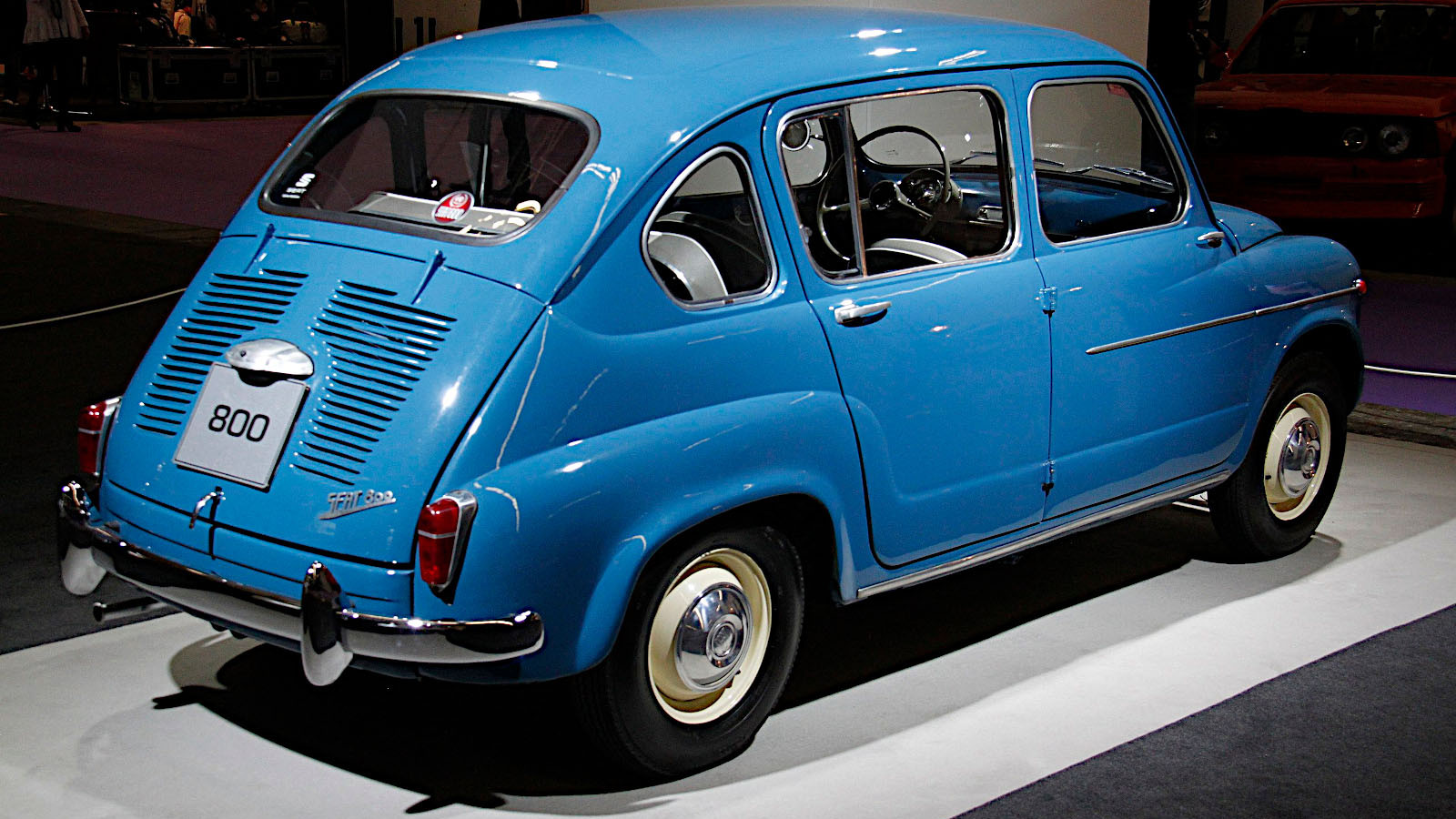 © El monty/Creative Commons licence https://creativecommons.org/licenses/by-sa/4.0/legalcode.en
© El monty/Creative Commons licence https://creativecommons.org/licenses/by-sa/4.0/legalcode.en -
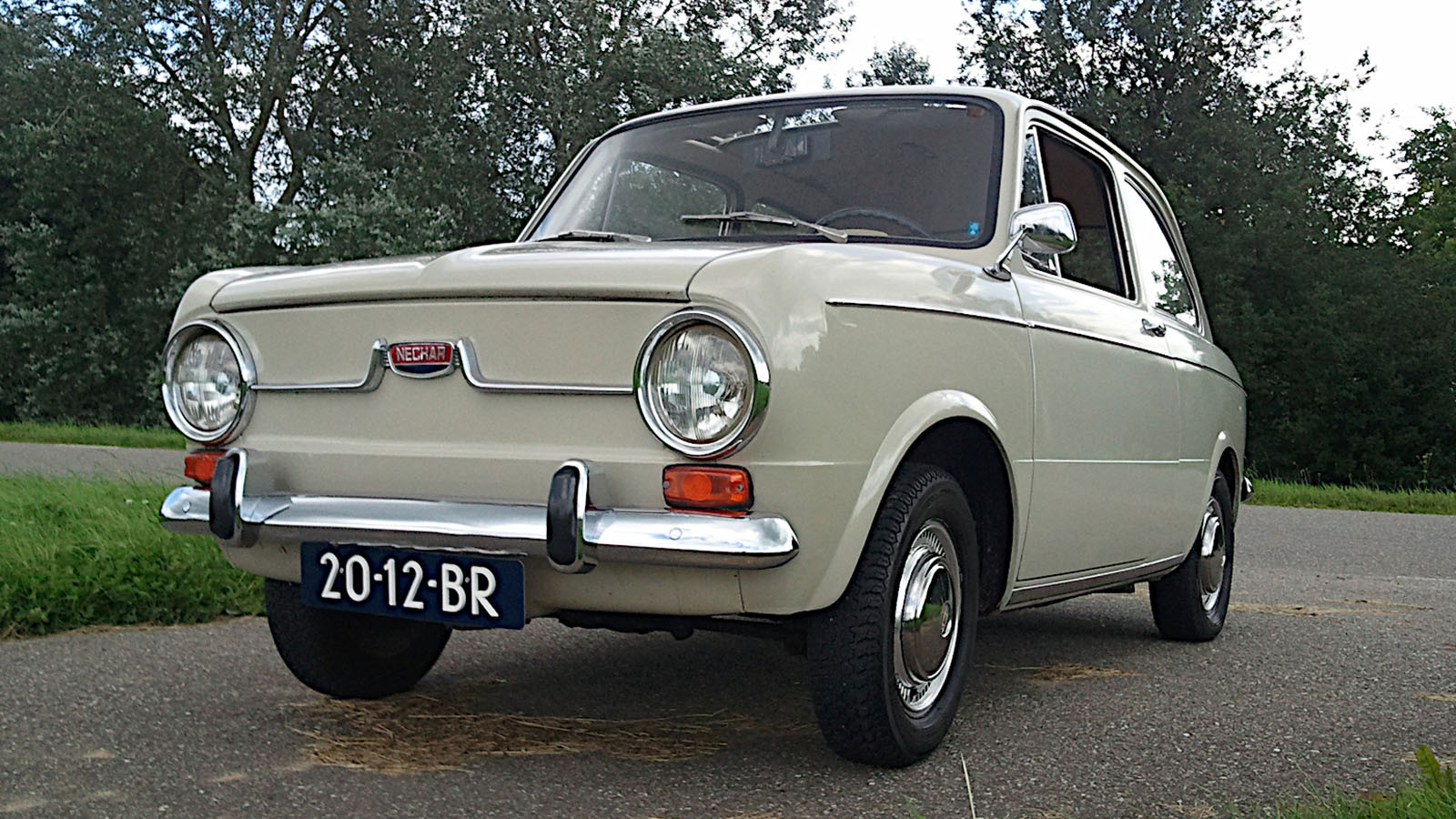 © RemoVarkevisser/Creative Commons licence https://creativecommons.org/licenses/by-sa/4.0/legalcode.en
© RemoVarkevisser/Creative Commons licence https://creativecommons.org/licenses/by-sa/4.0/legalcode.en -
 © Public domain
© Public domain -
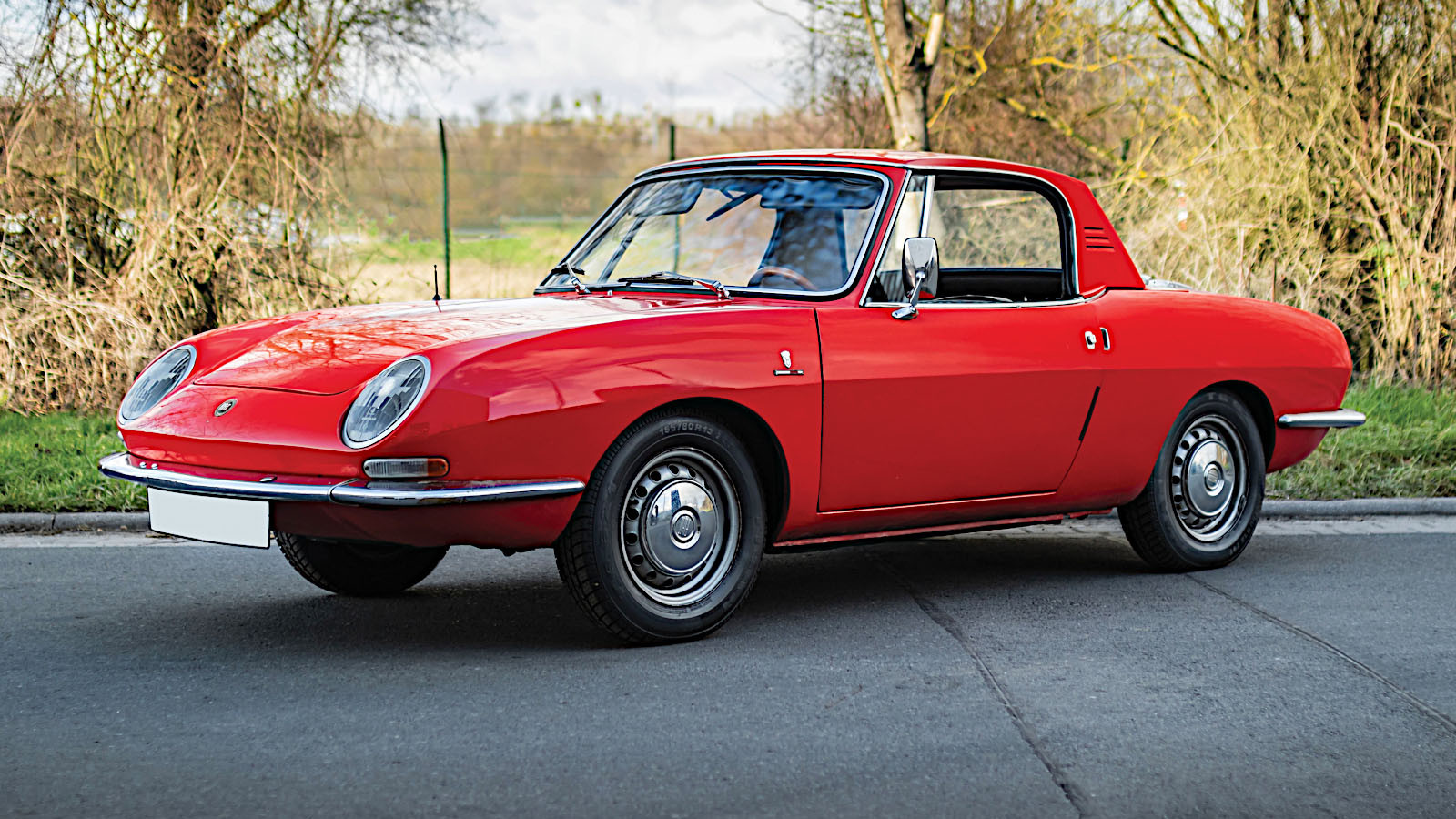 © Diana Varga/RM Sotheby’s
© Diana Varga/RM Sotheby’s -
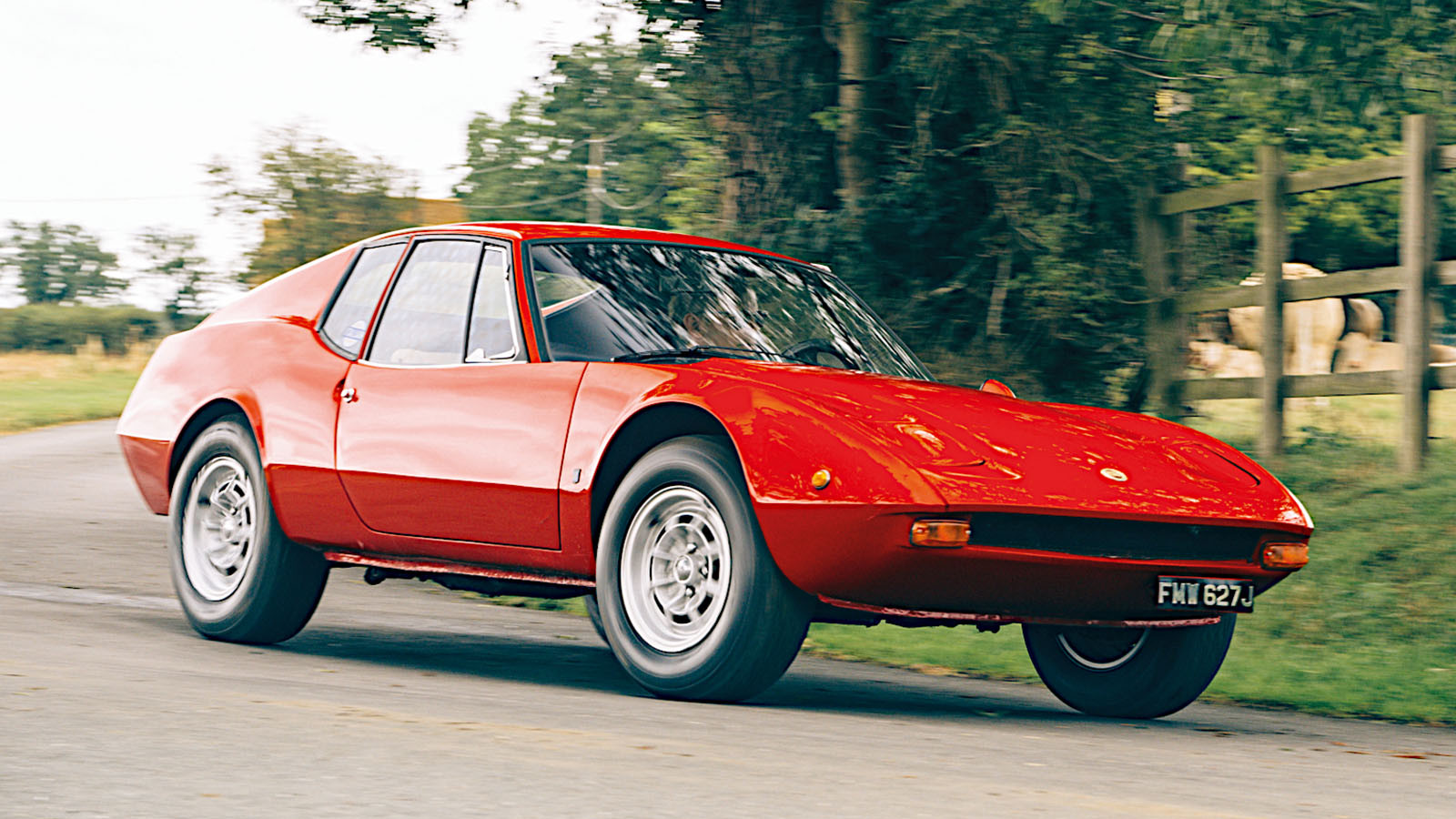 © Olgun Kordal/Classic & Sports Car
© Olgun Kordal/Classic & Sports Car -
 © Tom Wood/RM Sotheby’s
© Tom Wood/RM Sotheby’s -
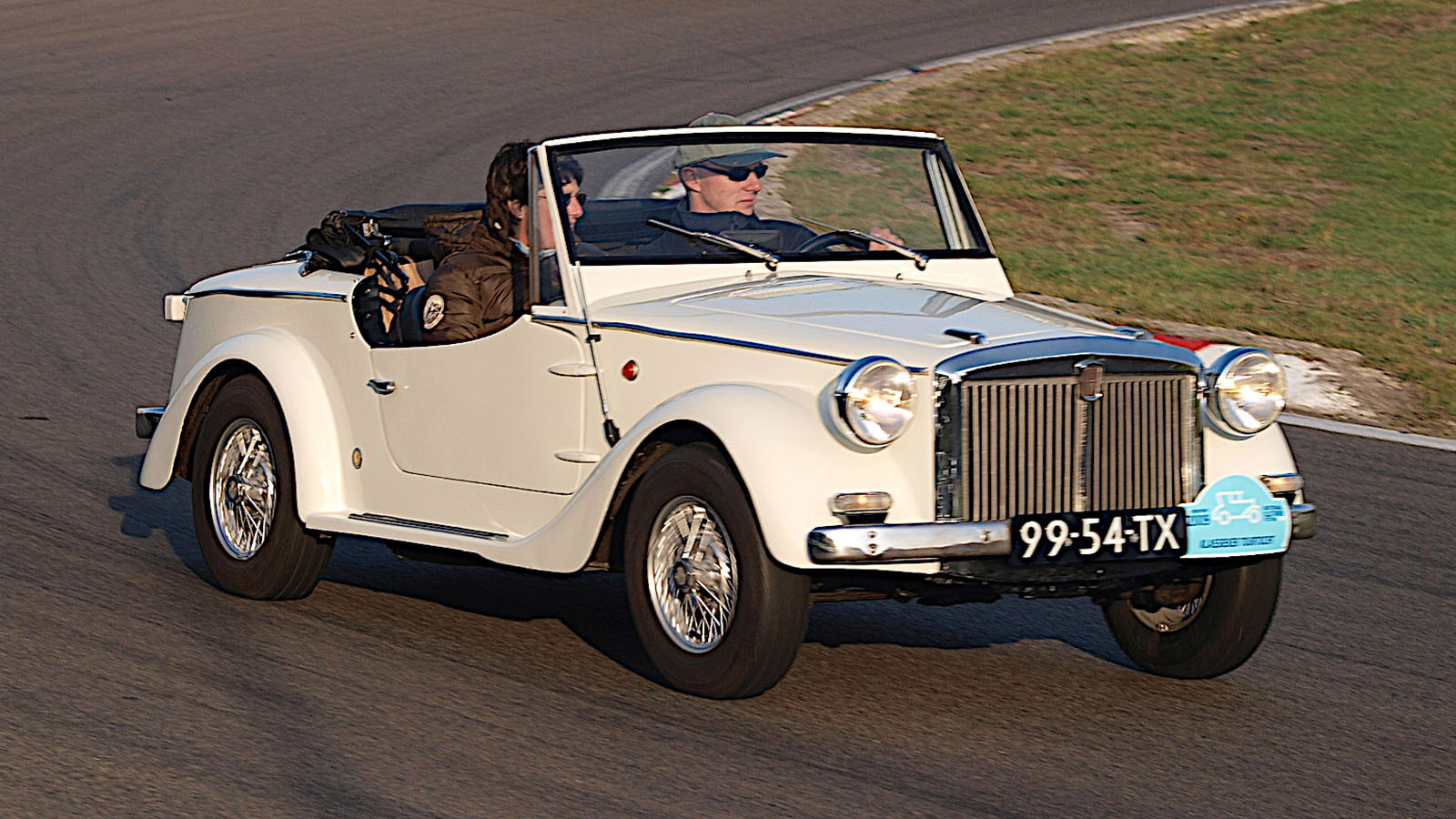 © Alf van Beem/Public domain
© Alf van Beem/Public domain -
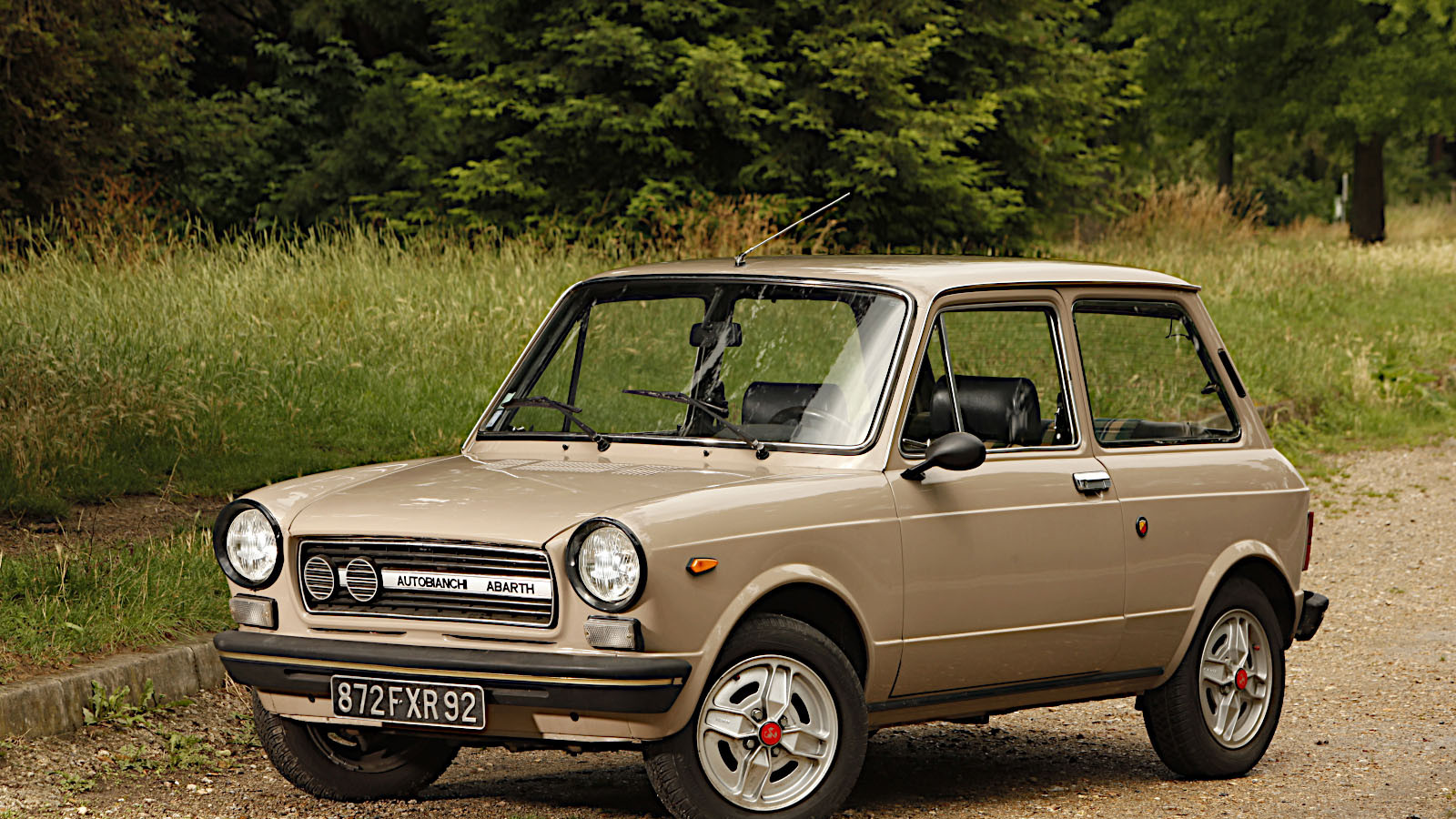 © Tony Baker/Classic & Sports Car
© Tony Baker/Classic & Sports Car -
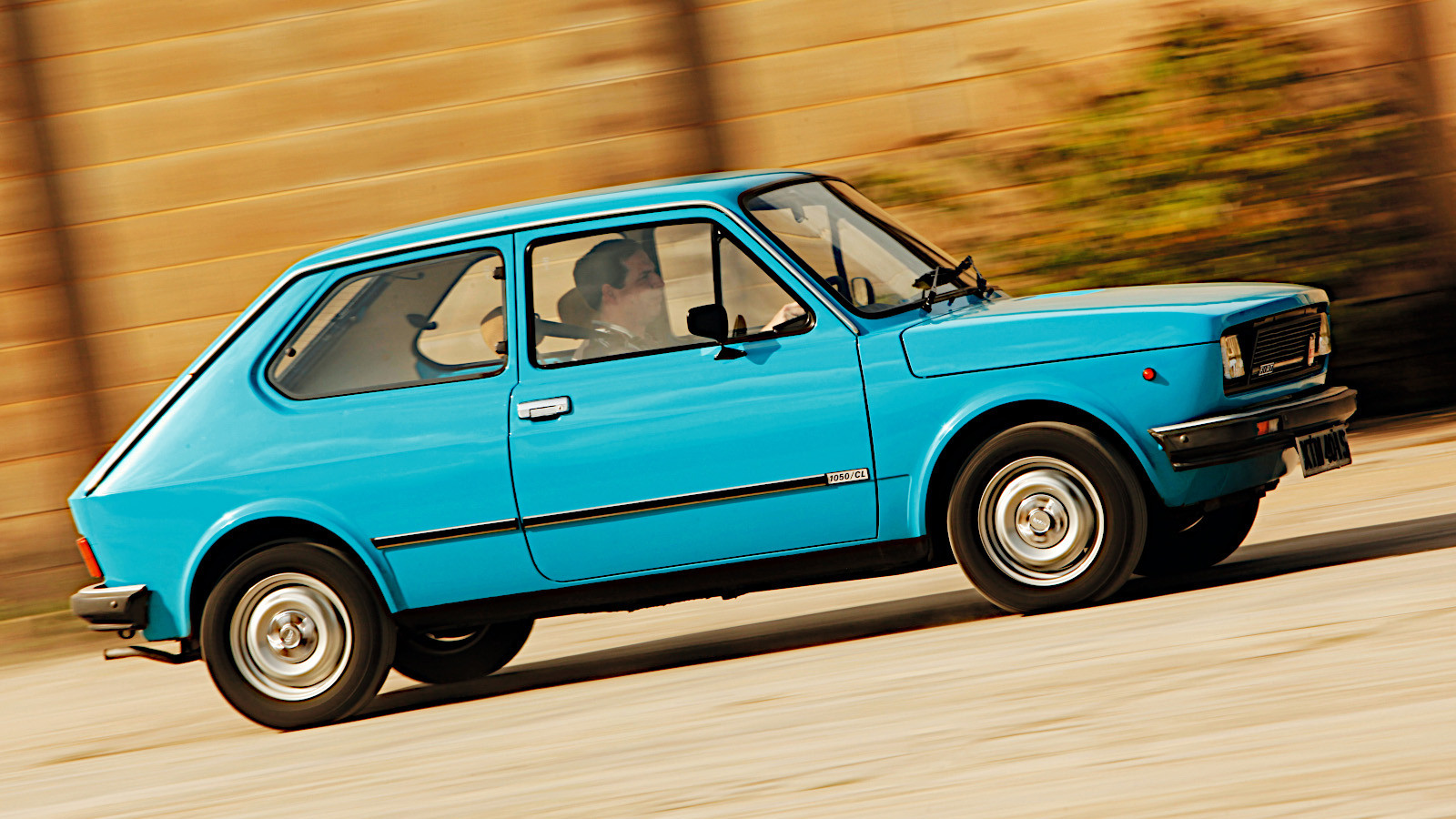 © Tony Baker/Classic & Sports Car
© Tony Baker/Classic & Sports Car -
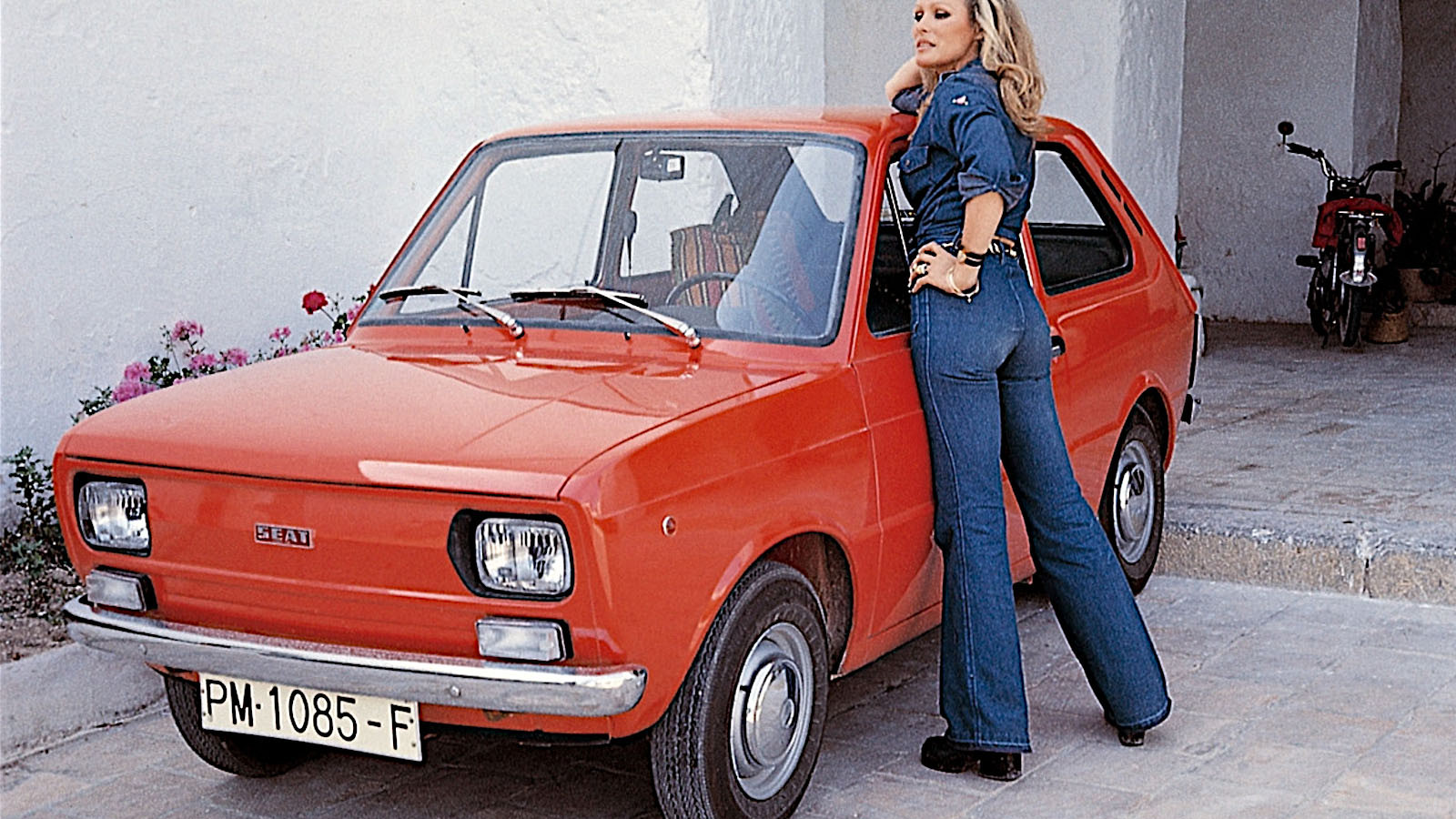 © Seat
© Seat -
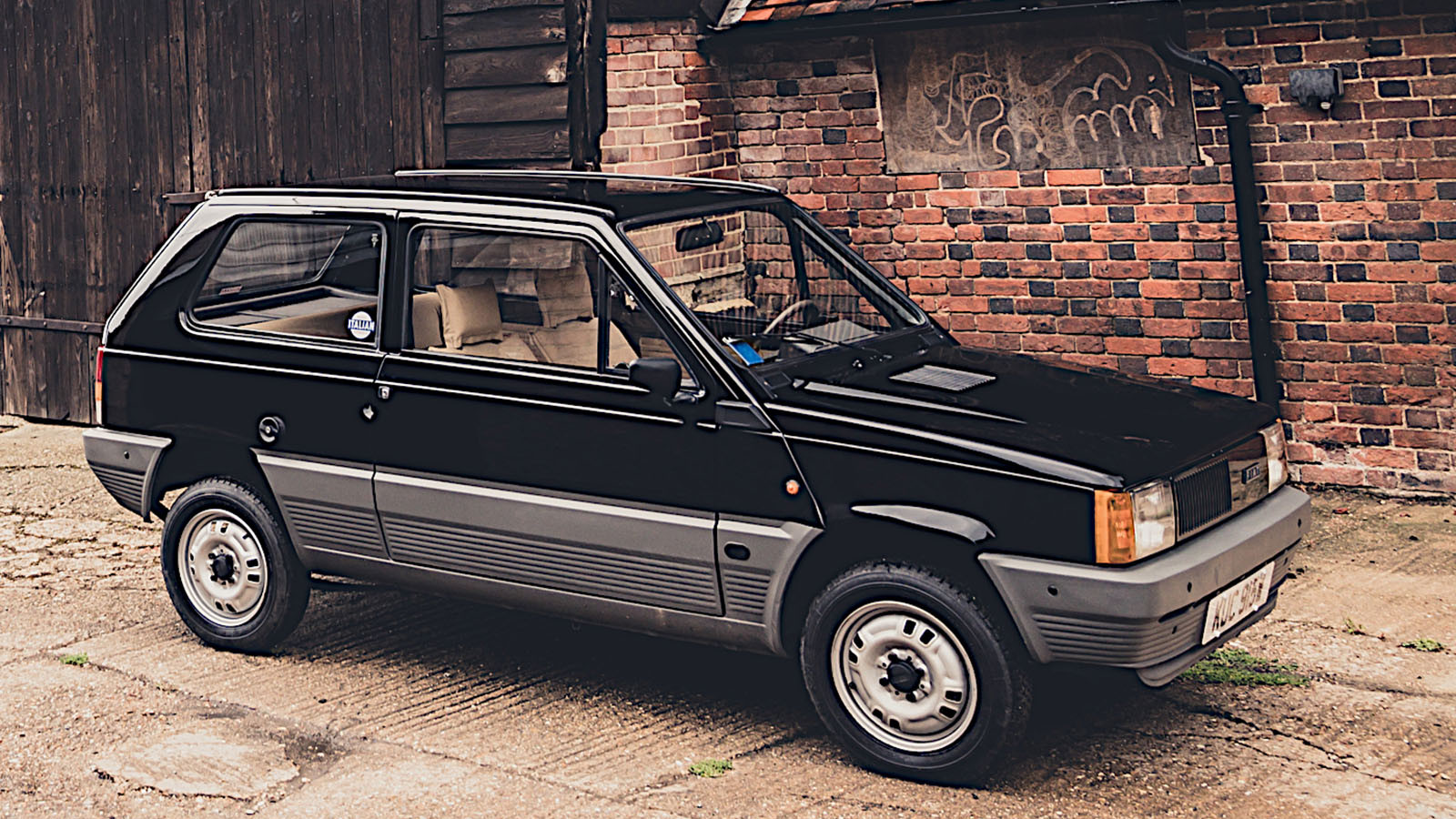 © Olgun Kordal/Classic & Sports Car
© Olgun Kordal/Classic & Sports Car -
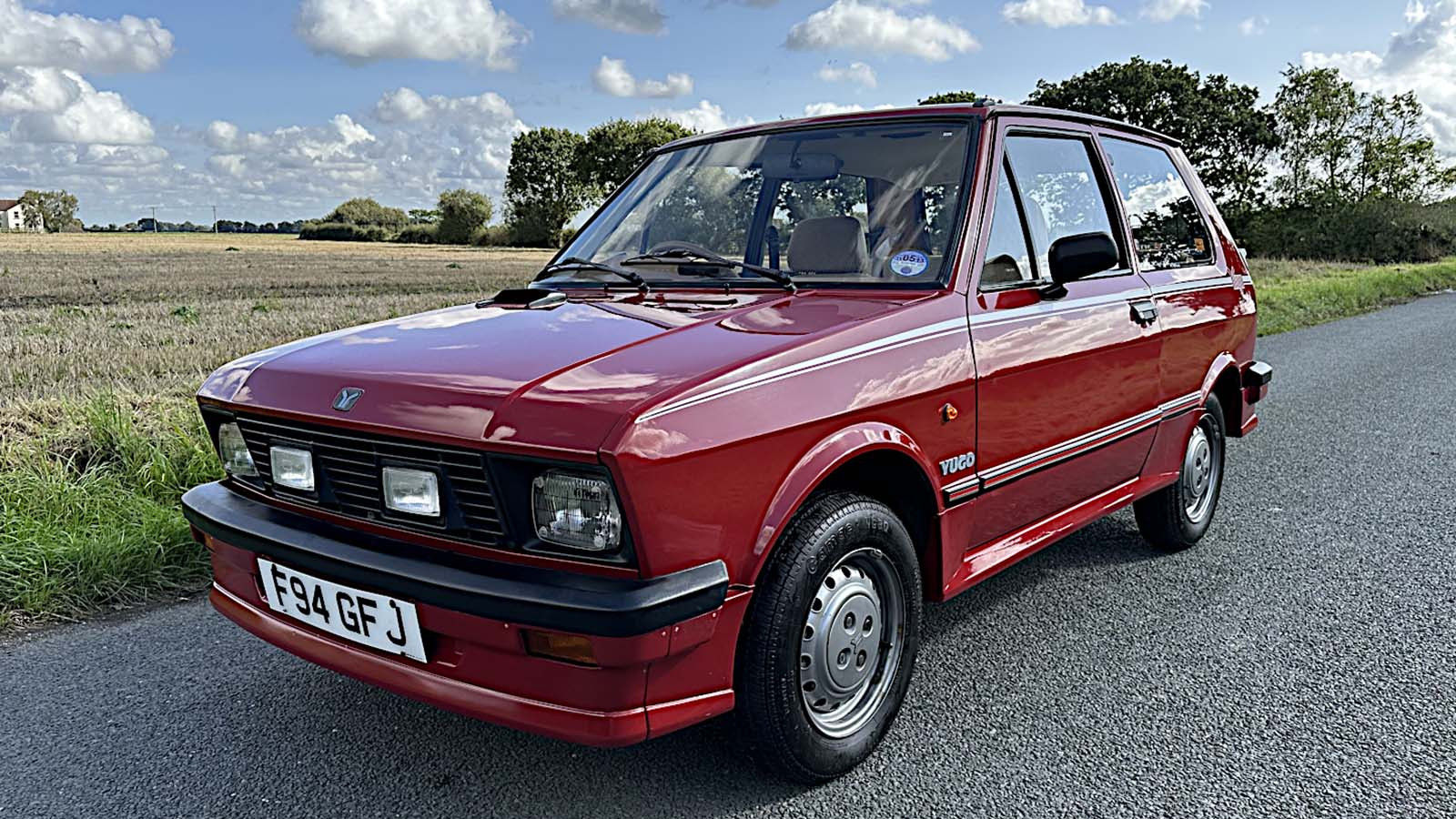 © Newspress
© Newspress -
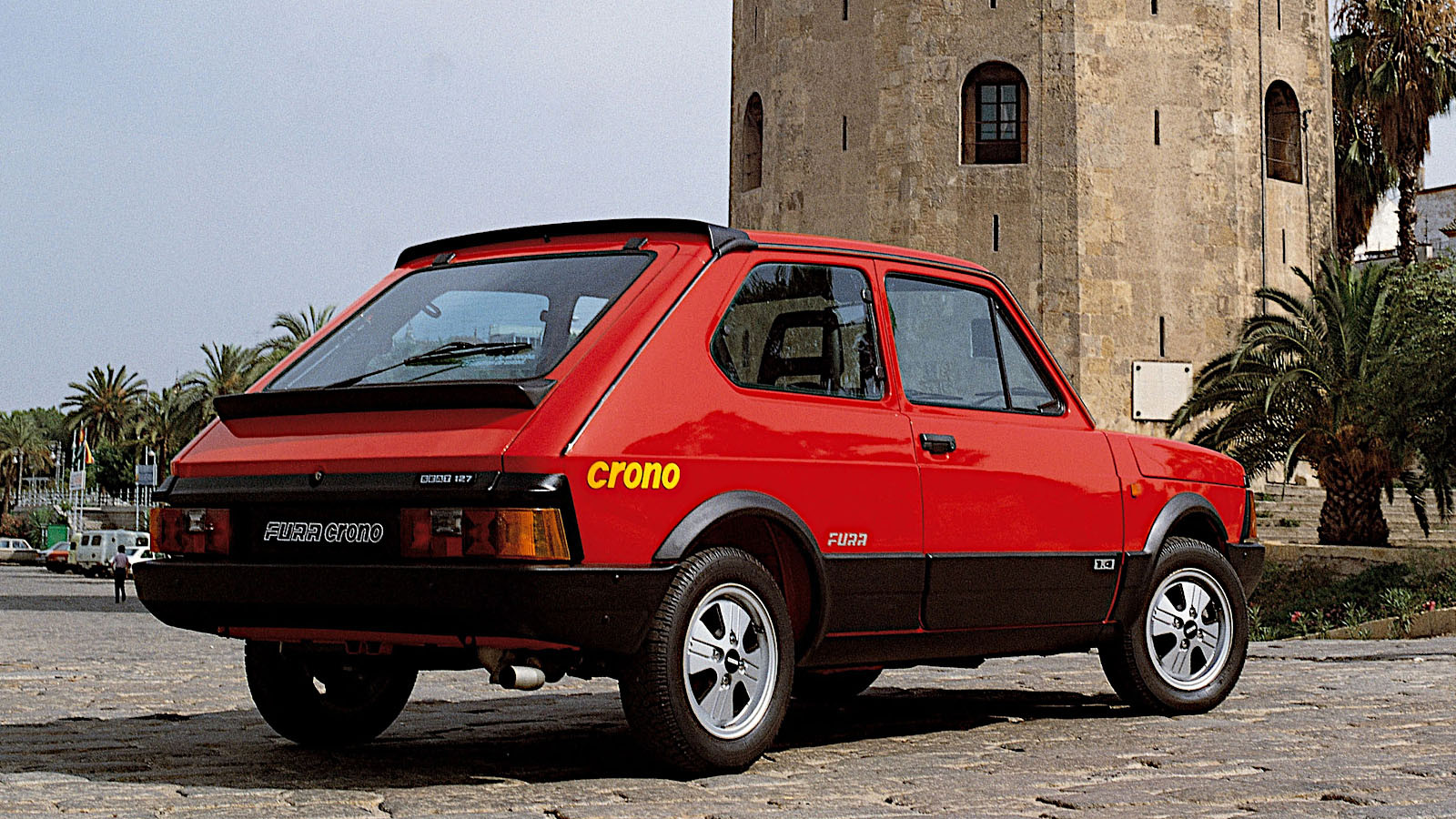 © Seat
© Seat -
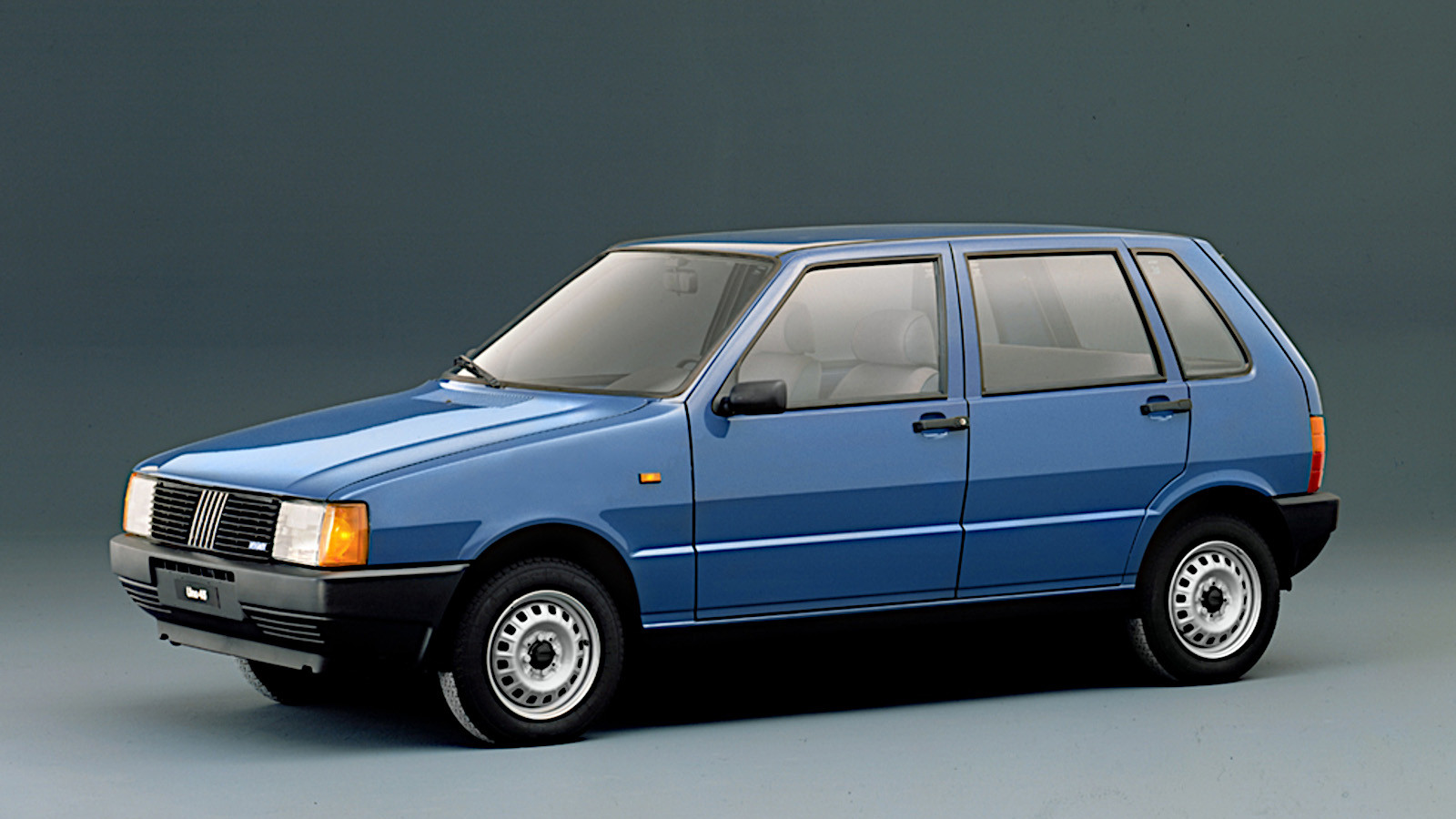 © Stellantis
© Stellantis -
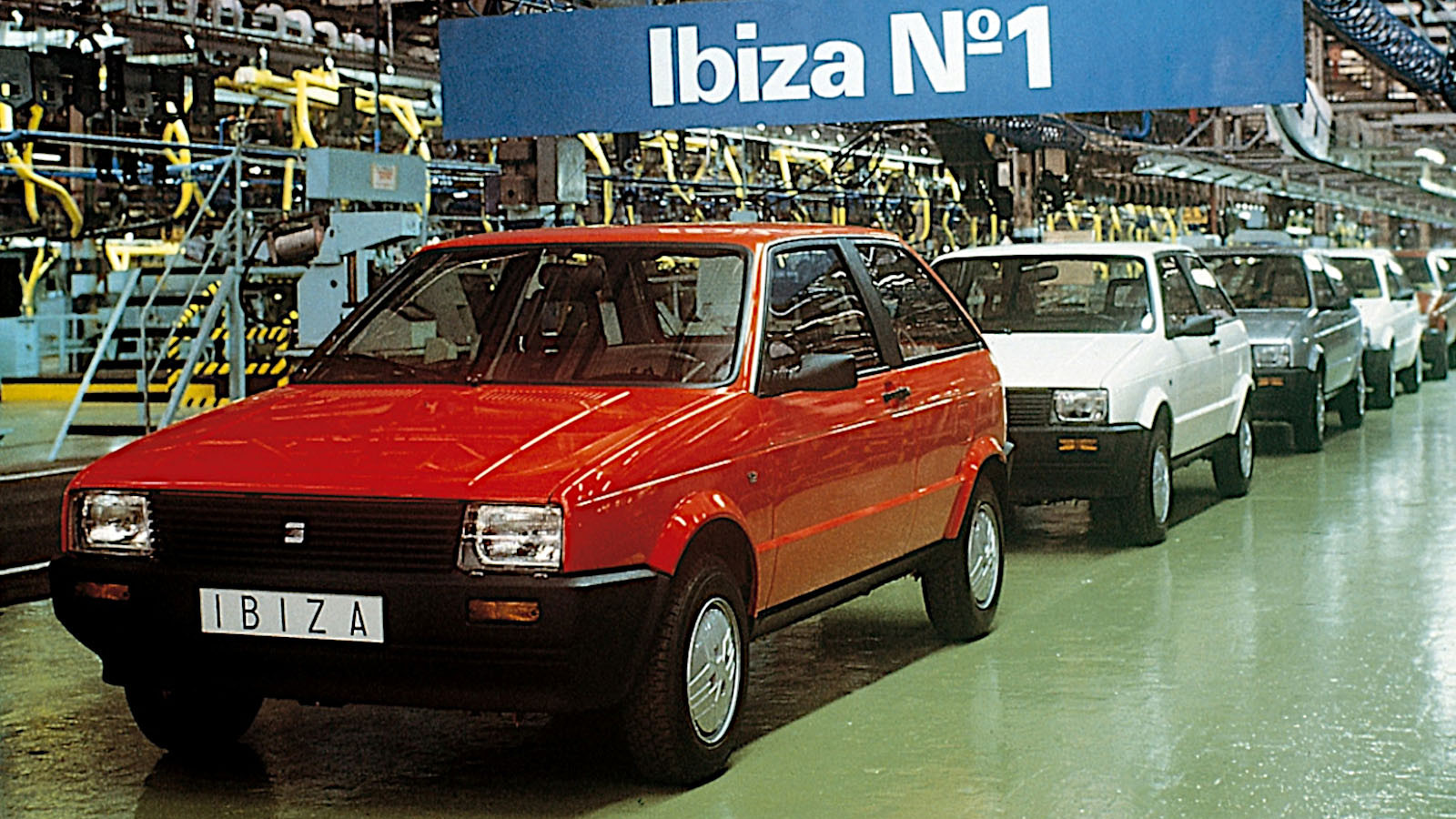 © Seat
© Seat -
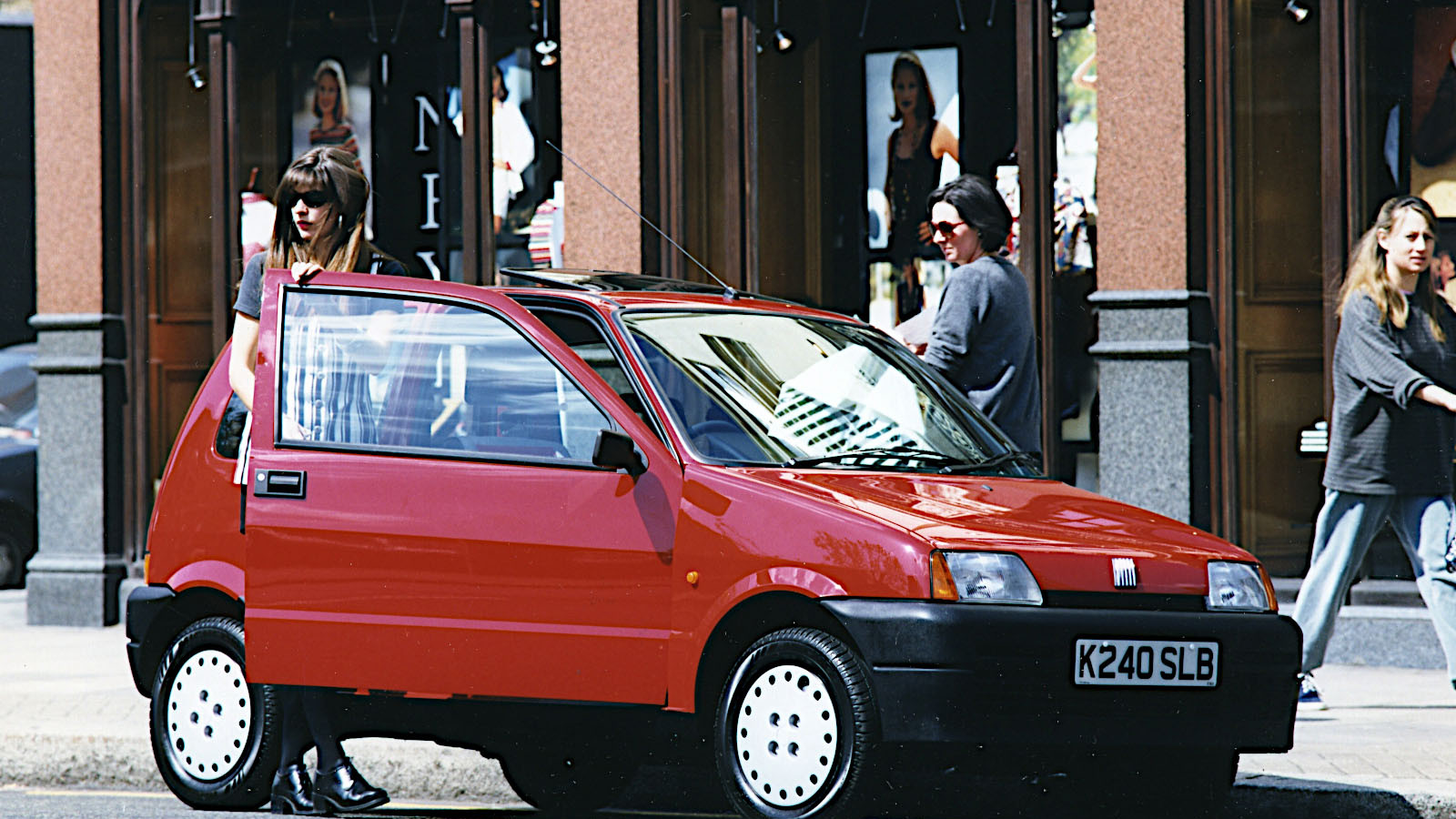 © Stellantis
© Stellantis -
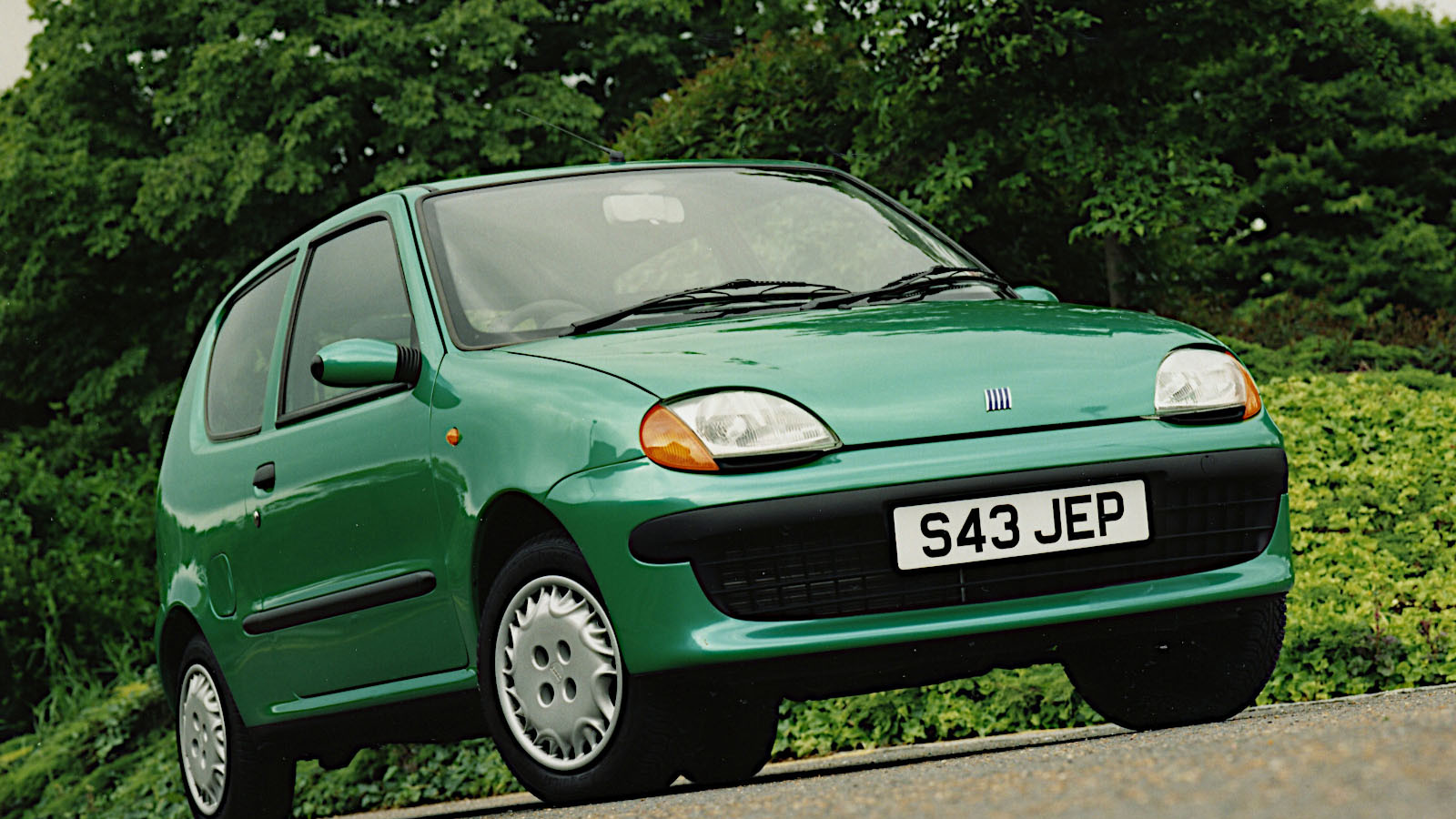 © Stellantis
© Stellantis
-
Small yet mighty
Even its most devoted fans could hardly claim that there was anything exciting about Fiat’s Dante Giacosa-designed 100-series engine, yet it powered an enormous number of small cars throughout the second half of the 20th century.
We feel it should be celebrated for that reason, and we’re doing so here by talking about 25 of the cars it was used in, with occasional references to others which didn’t quite make our shortlist.
We’ll be going through them in chronological order of their launch years.
-
1. Fiat 600 (1955)
In case the subject pops up in a trivia quiz you might be taking part in, the 100-series was the first engine ever to be mounted in the rear of a roadgoing production Fiat.
The car in question was the 600, successor to the front-engined 500 Topolino which had first appeared in 1936 and remained on sale until 1955.
At its launch, the Fiat 600 used the engine in 633cc form, though as we’ll see the capacity would be increased considerably as time wore on.
It took just six years for Fiat to build a million examples, and production continued until 1969 in Italy, and for longer still in other countries.
-
2. Neckar Jagst (1956)
Originally known as NSU-Fiat, Neckar built Fiats under license in Germany for more than 40 years.
In sedan form, the Jagst was almost identical to the 600, and was therefore an extremely early example of a car not built by Fiat but powered by the 100-series engine.
Unlike Fiat, Neckar also created very attractive coupe and convertible (pictured) versions, both called Riviera.
-
3. Fiat 600 Multipla (1956)
The Fiat Multipla was perhaps the oddest of all the 100-series-engined cars.
It was essentially a regular 600 with an extended cockpit, and in its most extreme form it had six seats arranged in three rows of two.
This left no space for anything resembling a front crumple zone, an aspect which would give Euro NCAP heart palpitations today, but was considered acceptable in the 1950s.
As with the 600 sedan, the Multipla was given an engine upgrade in 1960, raising the capacity to 767cc and the power output from the original 20HP to 25HP.
-
4. Abarth 750 Zagato (1956)
Abarth produced many high-performance versions of the 600, some of which looked similar to the original model.
One which definitely didn’t was the beautiful little 750 Zagato, whose version of the 100-series engine produced more than 40HP.
Later sedan-based Abarth derivatives were very successful in international racing, usually seen with the trunklid held open to provide extra cooling for the now nearly 1-liter engine.
-
5. Seat 600 (1957)
Like Neckar, Seat built 600s under license, but with far greater success.
The Spanish version was Seat’s first big seller, and is credited with playing an important role in Spain’s post-war recovery from financial near-collapse.
According to Seat, around one in four cars in Spain was a Seat 600 as late as 1970.
After production ended, a fictional 600 nicknamed Rocinante appeared in Graham Greene’s late novel, Monsignor Quixote, and in a subsequent television adaptation.
-
6. Ghia Jolly (1958)
Almost as unusual as the Fiat Multipla, the Jolly was a 600-based beach car with a cut-down bodyshell and lacking a roof and doors.
Unlike the regular sedan, it was exceptionally expensive, and often owned by famous people who might not otherwise have been expected to show much interest in a 600.
Production was very limited, and only a few genuine examples of the Jolly exist today.
-
7. Siata Formichetta (1960)
Siata built mostly Fiat-related, and generally sporty, cars both in Italy and in Spain.
The Spanish arm was responsible for the Formichetta (‘little ant’ in Italian), which had almost nothing to do with the open two-seaters the company was best known for.
The Formichetta was in fact a commercial version of the Seat 600, with a tall and partially glazed rear section.
Around 7000 are believed to have been produced, all of them, of course, powered by the rear-mounted Fiat 100-series engine.
-
8. Zastava 750 (1962)
In the country then known as Yugoslavia, Zastava built Fiat-badged 600s in the 1950s, and changed the name to Zastava 750 in 1962.
The original car was joined by the 850 (still a 600, not directly connected to the later Fiat 850) which used the 843cc version of the 100-series engine.
Remarkably, production continued all the way through to 1985, and nearly one million cars were built, including the early 600s.
-
9. Seat 800 (1963)
Seat did not produce its own version of the Multipla, but it did create a four-door version of the conventional 600 sedan, which Fiat never did.
Each 800 started out as a standard 600 bodyshell, which was cut in half, lengthened by 7in (18cm) and given two extra doors before being fitted with Fiat’s 100-series engine and other mechanical parts.
As a private car, the 800 didn’t even come close to the success of the 600, but it was often used as a taxi in Spanish cities.
-
10. Fiat 850 (1964)
The Fiat 850 was larger than the 600 but mechanically similar, with the 100-series (available mostly in 843cc and 903cc forms) once again mounted in the rear.
Though still common in the 1960s, that layout was only a few years away from seeming anachronistic, but Fiat felt it was worth pursuing for one more generation before switching to front-wheel drive.
Neckar produced its own version, called the Adria (pictured), while Seat’s 850 was available both with Fiat’s body style and as a Spain-specific, three-box, four-door sedan.
Unlike either Neckar or Seat, Fiat developed a van/minivan derivative known variously as the 850T, the Familiare and, following the increase in engine capacity, the 900T.
-
11. Fiat-Abarth OT (1964)
The first of many high-performance Fiat 850 derivatives, known as the OT 850 (OT standing for ‘omologato turismo’), was introduced in the same year as the standard car.
Abarth quickly followed it with several others, not all of which used the 100-series engine.
The most extreme example, built in very small numbers, was powered by a 1.6-liter twin-cam motor whose output was greater than that of several standard 100-series units put together.
-
12. Fiat 850 Coupe and Spider (1965)
The sporting derivatives of the Fiat 850 both looked startlingly different from the attractively dumpy sedan.
The Coupe was all Fiat’s own work, but the body of the Spider (pictured) was both designed and manufactured by Bertone, which built around 140,000 examples.
Like the sedan, the Coupe was given the Abarth treatment, though once again the 100-series engine was replaced in the more powerful versions.
Seat’s Coupes and Spiders were almost indistinguishable from Fiat’s, though other manufacturers would take the idea of an 850-based sports car in different directions.
-
13. Lombardi Grand Prix (1968)
This low, steel-bodied coupe was based on the Fiat 850, and was therefore usually powered by the 100-series engine, though other units were occasionally used.
It was originally the work of Carrozzeria Francis Lombardi, which performed many Fiat conversions from 1947 to 1973.
Confusingly, however, it was also sold as an Abarth, a Giannini and an OTAS, and was at one point displayed with Siata badging.
-
14. Michelotti Shellette (1968)
Like the Ghia Jolly, the Shellette (also known as the Spiaggetta) was a beach car, though it was based on the Fiat 850 rather than the 600.
The relationship wasn’t obvious, since the Shellette had unique styling which made it look nothing like the Fiat.
Although the car qualifies for inclusion here because of its 100-series engine, we should point out that some Shellettes, though broadly similar in appearance, were mechanically quite different, being based on a Daf platform and using Daf’s flat-twin engine.
-
15. Siata Spring (1968)
Siata’s final model looked like a front-engined kit car with 1930s styling, but because it was based on the Fiat 850 it had the 100-series engine mounted, as usual, in the rear.
After nearly half a century, Siata went bankrupt in 1970, reportedly because there was far more demand for the Spring in the US than it could possibly meet.
The Spring project was taken over by a new company called ORSA, but this, too, failed in 1975.
-
16. Autobianchi A112 (1969)
After 14 years of being fitted exclusively at the back of many cars, the Fiat 100-series engine at last found a place under the hood of a front-wheel-drive model in 1969.
Although it was launched more than half a century ago, the Autobianchi A112 was a supermini in the modern sense, not only because of its mechanical layout, but because it had a three-door hatchback body.
A112s were produced until 1986, some of them branded as Lancias in countries where the Autobianchi name was unknown.
Abarth versions, introduced in 1971, were popular little hot hatches, and were also widely used in motorsport.
-
17. Fiat 127 (1971)
In 1972, its first full year on sale, the Fiat 127 became the first model powered by the 100-series engine (the Fiat Uno being the second) to win the Car of the Year award, soundly beating the Renault 15/17 and Mercedes-Benz 350SL.
Most 127s used the engine, though the Fiat Fiasa unit was added to the range when it became available in the mid 1970s.
The 127 was the basis for the first-generation Fiat Fiorino van launched in 1977, while versions built in Spain, Poland and South America were known as the Seat 127, Polski-Fiat 127p and Fiat 147 respectively.
-
18. Seat 133 (1974)
Although it resembled Fiat’s 126 at the front and 127 at the rear, the 133 was in fact a further development of the 850, replacing both that car and the smaller 600.
Like both of them, it was only ever powered by the Fiat 100-series engine, available here in its capacities of 843cc and 903cc.
There was no direct Fiat equivalent, and examples sold in export markets as Fiat 133s were actually rebadged Seats, though in some cases they were built locally and not by Seat itself.
Actor Ursula Andress (pictured), perhaps best known for her performance in the 1962 James Bond movie Dr. No, not only posed with the 133 for publicity shots but bought one for her own use, and drove it regularly when she lived on Ibiza.
-
19. Fiat Panda (1980)
A quarter of a century after its first appearance, the 100-series engine was still deemed worthy of being fitted to Fiat’s latest small car.
The Panda was as utilitarian as the Citroën 2CV and Renault 4, both of which had been designed many years earlier, and was so successful that Fiat didn’t feel the need to replace it until 2003.
An engine can remain in production for only so long, of course, and Pandas of the second, third and fourth generations have never been powered by the 100-series unit.
The original Panda was also built by Seat, which changed the model name to Marbella in 1986, and also created commercial versions called Trans and Terra.
-
20. Yugo (1980)
Yugo was the name by which the car called Zastava Koral in its homeland was best known internationally.
Although it had its own styling (unlike the much earlier Zastava 600), the Yugo was largely made of Fiat parts.
These included the 903cc version of the 100-series engine, though other, larger units were also used in a very long production run which continued until 2008.
Nearly 800,000 Yugos were built in that time, many of them sold in the UK and USA.
-
21. Seat Fura (1981)
Seat’s parting of ways with Fiat, which eventually led to its takeover by Volkswagen, obliged the Spanish company to rethink its version of the 127.
The revised model was known as Fura, but it still bore a close resemblance to the 127, and was mostly powered by the 903cc 100-series unit.
The exception was the Fura Crono hot hatch (pictured), in which the 100-series unit was replaced by a significantly more powerful 1.4-liter engine.
The Fura was also assembled in Egypt by Nasr, from kits supplied by Seat.
-
22. Fiat Uno (1983)
The first-generation Uno was produced in Italy from 1983 until 1995, and well into the 21st century in other countries.
During its lifetime it was available with a great many engines, the most dramatic being turbocharged gasoline units of 1.3 and later 1.4 liters.
The 903cc 100-series unit was used briefly in the early days, but at least for long enough to allow us to include the Uno in this list.
The second Uno was introduced in 2010, long after the 100-series engine had become a matter of historical rather than practical interest.
-
23. Seat Ibiza (1984)
Seat’s relationship with Fiat was officially a thing of the past when the first Ibiza was introduced.
The new car was very much an international effort, with styling by Italdesign, engineering input from Karmann and in some cases engines developed by Porsche.
Despite all of the above, the Ibiza was also the last new Seat to be fitted with the by-now-venerable 100-series engine, available in 903cc form and producing around 50HP.
-
24. Fiat Cinquecento (1991)
Built in Poland for most of the 1990s, the Cinquecento (Italian for ‘five hundred’) was, strictly speaking, the third in the long line of Fiat 500s, but was never called that in English-speaking countries.
Several engines were offered, including an electric motor, the 1.1-liter FIRE and a very small twin-cylinder unit.
The most common, however, was the 100-series, essentially the 903cc unit but reduced in capacity (by means of making the stroke very slightly shorter) to 899cc.
-
25. Fiat Seicento (1998)
The history of Fiat’s 100-series engine came full circle near the end of the century when the motor was fitted to another 600, though as with the Cinquecento only the Italian version of the name was used.
The 899cc unit was carried over but soon discontinued, since it was no longer appropriate for a modern car.
The 1.1-liter FIRE came to dominate the range, and this time there was no two-cylinder version, but Fiat did persevere with the battery-operated Elettra, even though electric vehicles would not become popular until several years after Seicento production came to an end.
We hope you enjoyed this gallery. Please click the ‘Follow’ button above for more super stories from Classic & Sports Car.
